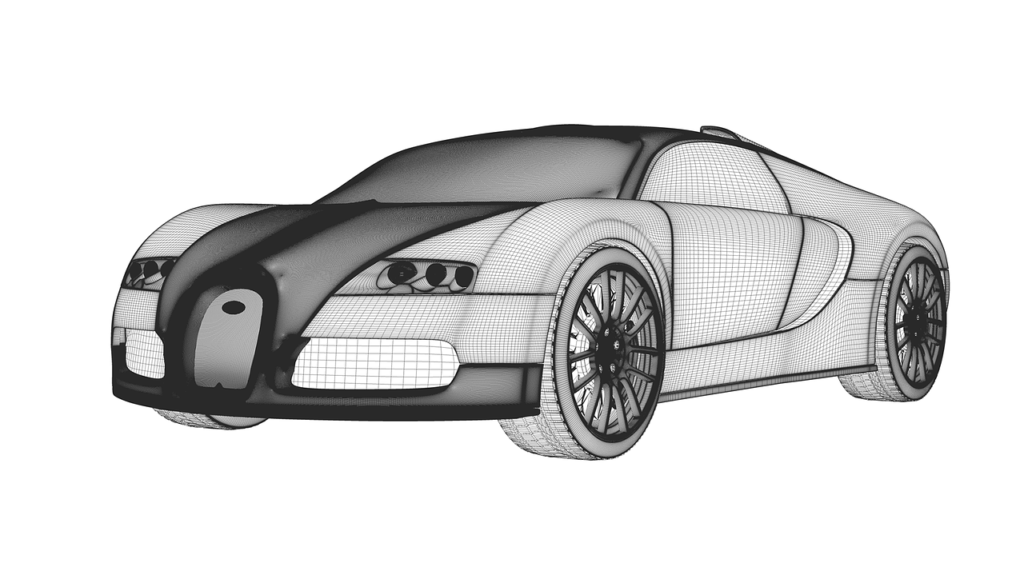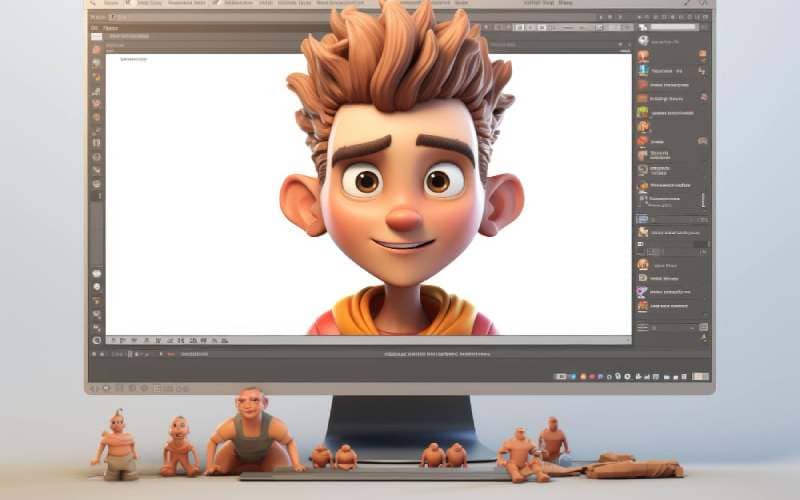
3D animation is a process of creating moving images in a three-dimensional digital environment. Unlike traditional 2D animation, where characters and scenes are drawn on paper or digitally in two dimensions, animation involves creating virtual objects in a digital space and manipulating them to create the illusion of movement.
In 3D animation, artists use specialized software to model objects, characters, and environments, then apply textures, lighting, and other visual effects to enhance realism. Once the assets are created, animators use rigging and animation tools to manipulate these objects and characters, giving them movement and bringing them to life.
3D animation is widely used in various industries, including film, television, video games, architecture, advertising, and simulation. It offers filmmakers and creators the ability to visualize complex scenes, create realistic characters, and tell compelling stories that may not be possible with traditional animation techniques.
Process of 3D Animation:

Modeling: Artists create 3D models of objects, characters, and environments using specialized software. This involves defining the shape, structure, and surface details of the objects.
Texturing: Textures are applied to the models to give them surface properties like color, roughness, and shininess, adding realism to the final render.
Rigging: Rigging involves adding a digital skeleton to the 3D models, allowing animators to manipulate them like puppets. This involves defining bones, joints, and control points.
Animation: Animators pose the rigged models over a sequence of frames to create movement and bring them to life. This can involve keyframe animation, where key poses are set, or motion capture, where real-world movements are recorded and applied to the models.
Lighting: Lighting is crucial for setting the mood and atmosphere of the scene. Artists add virtual lights to illuminate the scene and create shadows and highlights.
Rendering: Once the animation is complete, the scene is rendered into individual frames, which are then combined into a video file. Rendering can be a time-consuming process, especially for complex scenes with detailed lighting and textures.
Applications of 3D Animation:
Film and Television: animation is extensively used in movies, TV shows, and commercials for creating visual effects, animated characters, and entire virtual worlds.
Video Games: Many video games rely on 3D animation for character movements, environmental design, and special effects.
Architecture and Visualization: Architects and designers use animation to create virtual walkthroughs of buildings, interior designs, and urban landscapes.
Medical and Scientific Visualization: 3D animation is used in medical training, patient education, and scientific research to visualize complex biological processes, anatomy, and medical procedures.
Advertising and Marketing: Companies use animation to create engaging advertisements, product visualizations, and marketing campaigns.
Education and Training: Educational institutions and corporate training programs use animation to create interactive learning materials, simulations, and virtual environments for teaching and training purposes.
Advantages of 3D Animation:
Realism: 3D animation allows for highly realistic and detailed imagery, making it suitable for creating lifelike characters and environments.
Flexibility: Artists have a high degree of control over every aspect of the animation, from the movement of characters to the lighting and camera angles.
Reusability: Once 3D models and assets are created, they can be reused and repurposed for different projects, saving time and resources.
Scalability: animation can be scaled to fit various platforms and resolutions, from high-definition movies to mobile games.
Interactivity: animation enables interactive experiences, such as virtual reality (VR) and augmented reality (AR) applications, where users can interact with virtual objects and environments in real-time.
HOME PAGE:-